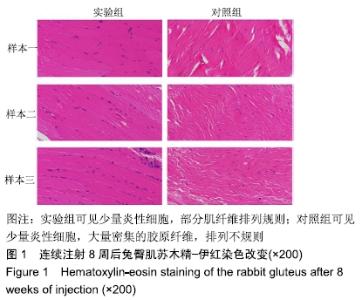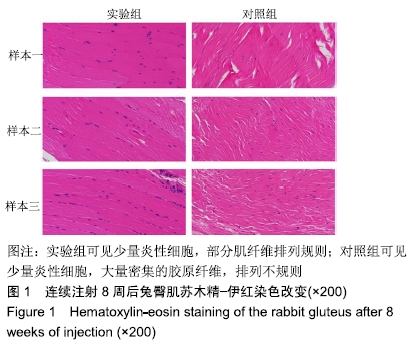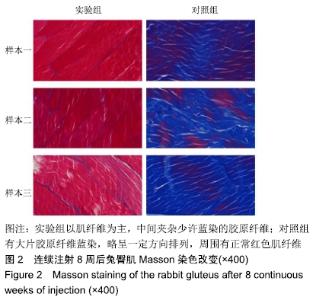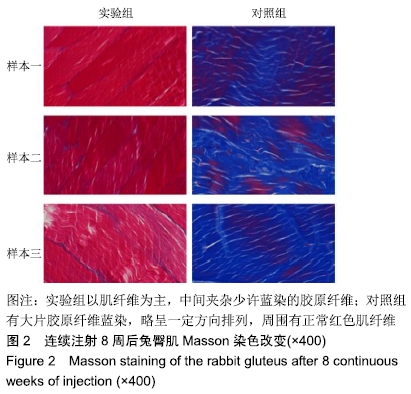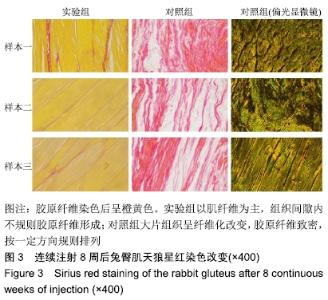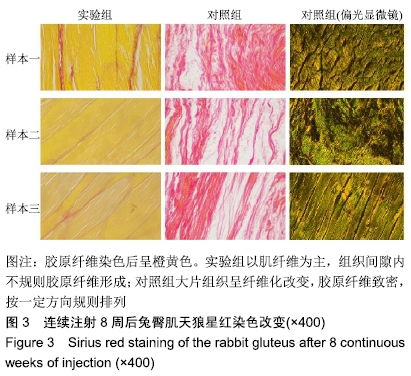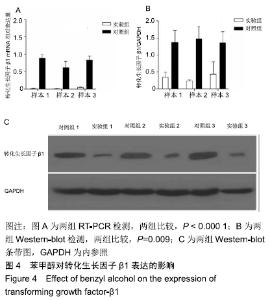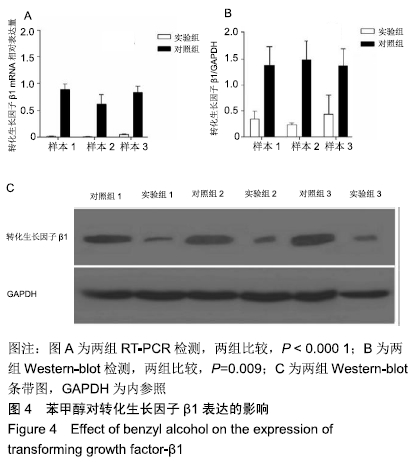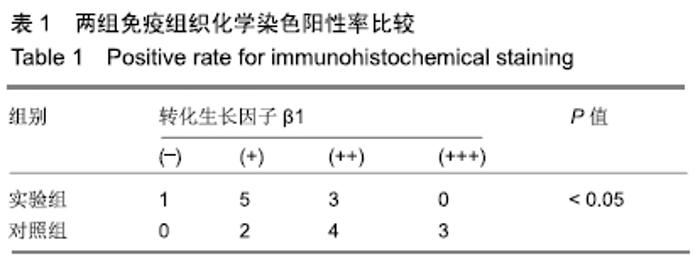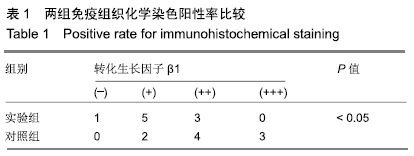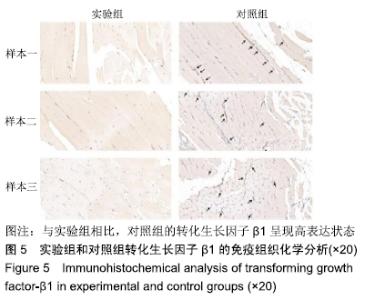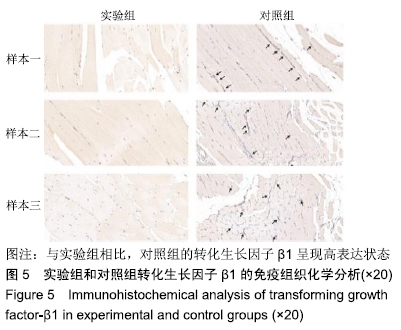[1] ALVES K, KATZ JN, SABATINI CS. Gluteal Fibrosis and Its Surgical Treatment. JBJS. 2019;101(4):361-368.
[2] 李徽,程士樟.小儿臀肌挛缩症流行病学特点及诊治效果研究[J].中华全科医学,2007,5(1):48-49.
[3] 许时良,陈德洪,陆志夫,等.儿童臀肌挛缩症的患病率调查[J].中国热带医学,2008,8(12):2232-2232.
[4] 李智勇.洪江市部分地区儿童青少年臀肌挛缩症流行病学调查[D].长沙:中南大学, 2010.
[5] 沙晓溪,张嬿,彭趣思,等.中医推拿治疗小儿先天性肌性斜颈的超声客观化评价[J].中国超声医学杂志,2016,32(7):577-579.
[6] 冯跃,杨洁,罗建,等.推拿手法对家兔肌肉纤维化模型α-SMA表达水平影响的实验研究[J].长春中医药大学学报, 2012,28(4):592-593.
[7] 文静,胡小丽.彩色多普勒超声对小儿先天性斜颈诊断价值及推拿治疗动态效果评价[J].贵阳医学院学报,2017,42(9):1067-1071.
[8] 李海峰.注射性臀肌挛缩症发病机理与临床研究[D].北京:军医进修学院 解放军总医院 解放军医学院, 2012.
[9] 王宇峰,丛德毓,高辉,等.推拿治疗对急性软组织损伤家兔血清神经递质表达影响的研究[J].中国免疫学杂志,2014(11):1552-1553.
[10] SZAPIEL SV, ELSON NA, FULMER JD, et al. Bleomycin-induced interstitial pulmonary disease in the nude, athymic mouse.Am Rev Respir Dis. 1979;120(4):893-899.
[11] ZHAO CG, HE XJ, LU B, et al.Increased expression of collagens, transforming growth factor-beta1, and -beta3 in gluteal muscle contracture.BMC Musculoskelet Disord. 2010;11:15.
[12] 彭秋凤,高静珍,叶奎,等.转化生长因子β1基因沉默内皮祖细胞移植抑制大鼠肺纤维化[J].中国组织工程研究,2019,23(1):90-95.
[13] 陆宏伟,张亚飞,吉鸿,等.慢性胰腺炎模型大鼠转化生长因子β1/ Smads通路被秋水仙碱的抑制[J].中国组织工程研究,2014,18(49): 8001-8006.
[14] SAMARAKOON R, DOBBERFUHL AD, COOLEY C, et al. Induction of renal fibrotic genes by TGF-β1 requires EGFR activation, p53 and reactive oxygen species.Cell Signal. 2013; 25(11):2198-2209.
[15] CHEN L, GE Q, BLACK JL, et al. Differential regulation of extracellular matrix and soluble fibulin-1 levels by TGF-β₁ in airway smooth muscle cells.Plos One.2013;8(6):e65544.
[16] WALTON KL, JOHNSON KE, HARRISON CA.Targeting TGF-β Mediated SMAD Signaling for the Prevention of Fibrosis. Front Pharmacol. 2017;8:461.
[17] HIGGINS SP, TANG Y, HIGGINS CE, et al.TGF-β1/p53 signaling in renal fibrogenesis.Cell Signal. 2018;43:1-10.
[18] STÄHLI A, BOSSHARDT D, SCULEAN A.Emdogain-Regulated Gene Expression in Palatal Fibroblasts Requires TGF-βRI Kinase Signaling.PLoS One.2014;9(9):e105672.
[19] LEE CM, PARK JW, CHO WK, et al.Modifiers of TGF-β1 effector function as novel therapeutic targets of pulmonary fibrosis.Korean J Intern Med. 2014;29(3):281-90.
[20] OVERSTREET JM, SAMARAKOON R, MELDRUM KK, et al. Redox control of p53 in the transcriptional regulation of TGF-β1 target genes through SMAD cooperativity.Cell Signal. 2014;26(7): 1427-1436.
[21] TAN Y, XU Q, LI Y, et al.Crosstalk between the p38 and TGF-β signaling pathways through TβRI, TβRII and Smad3 expression in plancental choriocarcinoma JEG-3 cells.Oncol Lett. 2014;8(3): 1307-1311.
[22] YOSHIDA K, MATSUZAKI K, MURATA M, et al. Clinico- Pathological Importance of TGF-β/Phospho-Smad Signaling during Human Hepatic Fibrocarcinogenesis.Cancers.2018;10(6):183.
[23] HU X, KAN H, BOYE A, et al.Mitogen-activated protein kinase inhibitors reduce the nuclear accumulation of phosphorylated Smads by inhibiting Imp 7 or Imp 8 in HepG2 cells.Oncol Lett. 2018;15(4):4867-4872.
[24] MIRANDA MZ, BIALIK JF, SPEIGHT P, et al.TGF-β1 regulates the expression and transcriptional activity of TAZ via a Smad3- independent, myocardin-related transcription factor-mediated mechanism. J Biol Chem.2017;292(36): 14902-14920.
[25] HERNÁNDEZ-AQUINO E, ZARCO N, CASAS-GRAJALES S, et al. Naringenin prevents experimental liver fibrosis by blocking TGFβ-Smad3 and JNK-Smad3 pathways.World J Gastroenterol. 2017;23(24):4354-4368.
[26] VAN CAAM A, MADEJ W, GARCIA DE VINUESA A, et al. TGFβ1-induced SMAD2/3 and SMAD1/5 phosphorylation are both ALK5-kinase-dependent in primary chondrocytes and mediated by TAK1 kinase activity.Arthritis Res Ther. 2017;19(1): 112.
[27] ZHOU Y, YANG S, ZHANG P. Effect of Exogenous Fetuin-A on TGF-β/Smad Signaling in Hepatic Stellate Cells.Biomed Res Int. 2016;2016:8462615.
[28] LIU Y, ZHENG WK, GAO WS, et al. Function of TGF-beta and p38 MAKP signaling pathway in osteoblast differentiation from rat adipose-derived stem cells. Eur Rev Med Pharmacol Sci.2013; 17(12):1611-1619.
[29] GAO Y, LUI WY. Transforming growth factor-β1 (TGF-β1) regulates cell junction restructuring via Smad-mediated repression and clathrin-mediated endocytosis of nectin-like molecule 2 (Necl-2). PLoS One.2013;8(5):e64316.
[30] ZHAO L, YEE M, O'REILLY MA.Transdifferentiation of alveolar epithelial type II to type I cells is controlled by opposing TGF-β and BMP signaling.Am J Physiol Lung Cell Mol Physiol.2013; 305(6):L409-18.
[31] LI X, YANG L, SUN X, et al.The role of TGFβ-HGF-Smad4 axis in regulating the proliferation of mouse airway progenitor cells.Mol Med Rep. 2017;16(6):8155-8163.
[32] CABRERA-SHARP V, READ JE, RICHARDSON S, et al. SMAD1/5 signaling in the early equine placenta regulates trophoblast differentiation and chorionic gonadotropin secretion. Endocrinology.2014;155(8):3054-3064.
[33] YUMOTO K, THOMAS PS, LANE J, et al.TGF-beta-activated kinase 1 (Tak1) mediates agonist-induced Smad activation and linker region phosphorylation in embryonic craniofacial neural crest-derived cells. J Biol Chem.2013;288(19):13467-13480.
[34] HELDIN CH,MOUSTAKAS A.Signaling Receptors for TGF-β Family Members.Cold Spring Harb Perspect Biol.2016;8(8): a022053.
[35] DVASHI Z, GOLDBERG M, ADIR O, et al.TGF-β1 Induced Transdifferentiation of RPE Cells is Mediated by TAK1.Plos One. 2015;10(4):e0122229.
[36] TANG M, BIAN W, CHENG L, et al.Ginsenoside Rg3 inhibits keloid fibroblast proliferation, angiogenesis and collagen synthesisin vitrovia the TGF-β/Smad and ERK signaling pathways. Int J Mol Med. 2018;41(3):1487-1499.
[37] WANG W, QU M, XU L, et al. Sorafenib exerts an anti-keloid activity by antagonizing TGF-β/Smad and MAPK/ERK signaling pathways. J Mol Med (Berl). 2016;94(10):1181-1194.
[38] 高峰.推拿对急性软组织损伤家兔镇痛作用机制及作用时间规律的研究[D].长春:长春中医药大学, 2013.
[39] 赵利敬.手法对外周炎性痛大鼠局部镇痛作用及其机制的实验研究[D]. 郑州:河南中医药大学, 2016.
[40] 詹祥粉,史曙生.按摩联合针刺疗法对大鼠运动型骨骼肌损伤的保护作用[J].中国老年学,2017,37(2):311-314.
[41] 林向前,赵娜.推拿治疗先天性肌性斜颈的临床及基础研究进展[J].中医外治杂志,2016,25(1):47-48.
[42] 高爽. 推拿手法治疗效应环路基础研究现状简析[J].云南中医学院学报,2014,37(3):98-100.
[43] ZHANG X, MA Y,YOU T,et al.Roles of TGF-β/Smad signaling pathway in pathogenesis and development of gluteal muscle contracture.Connect Tissue Res. 2015;56(1):9-17.
[44] 李九群,胡会英,任玉香,等.四步强化练功法在关节镜下臀肌挛缩松解术术后康复中的应用[J].浙江临床医学, 2009,11(4):388-389.
[45] 陈丽云,陈兰媚,胡婷,等.早期护理干预减少肌注黄体酮致局部硬结发生的临床效果[J].国际医药卫生导报, 2016,22(13):1984-1986.
[46] 陈醒,毛乐乐,周应芳,等.三种胶原纤维染色法评价宫腔粘连的比较[J].中国比较医学杂志,2018, 28(5):34-38-45.
|
